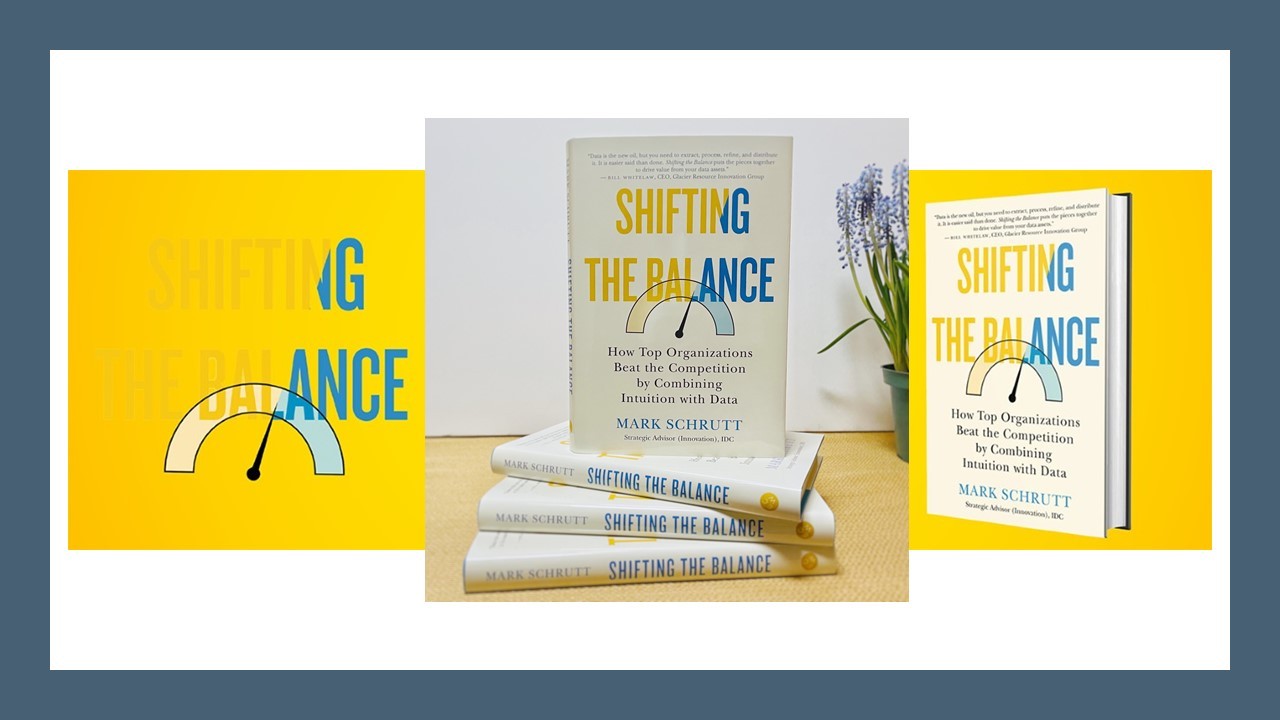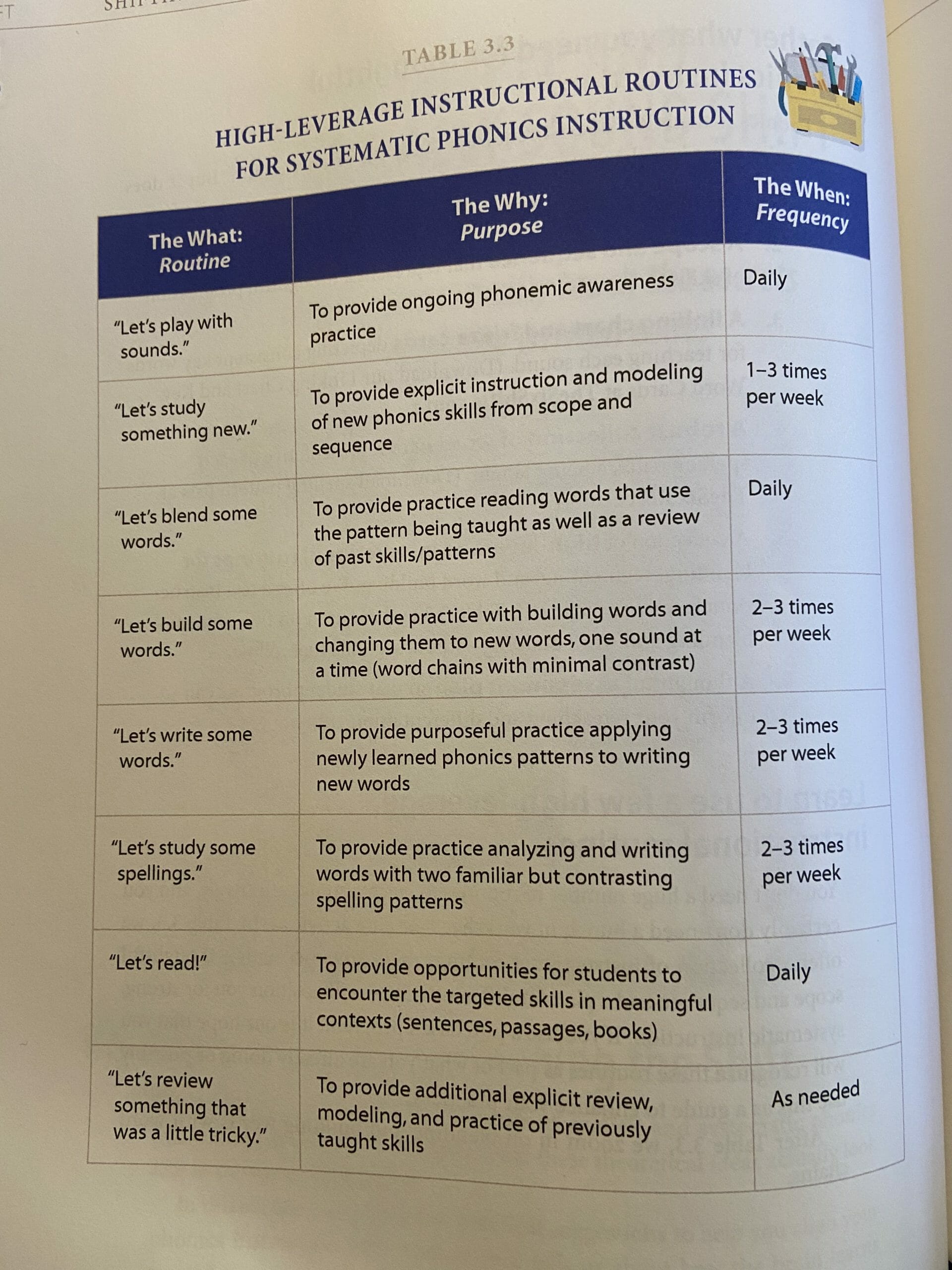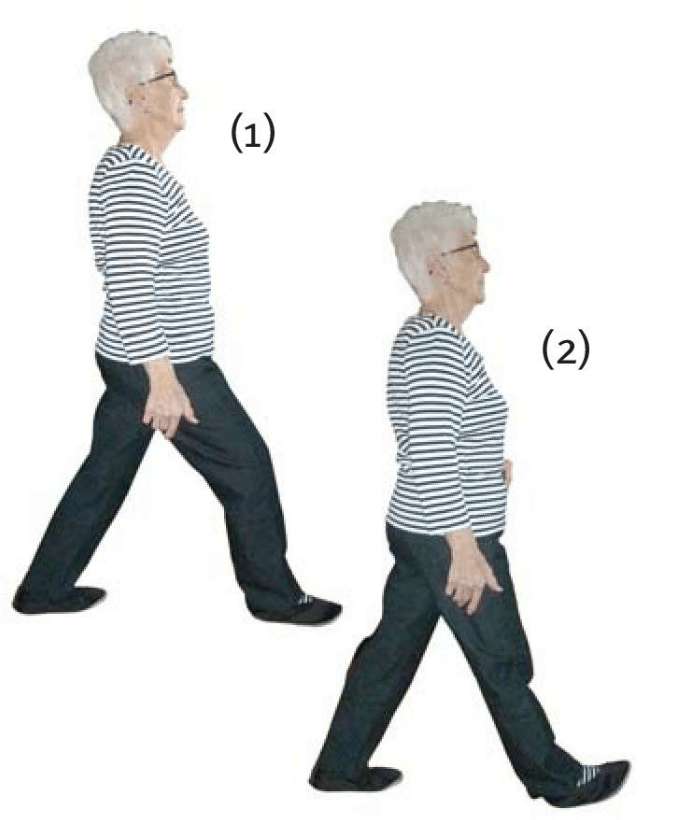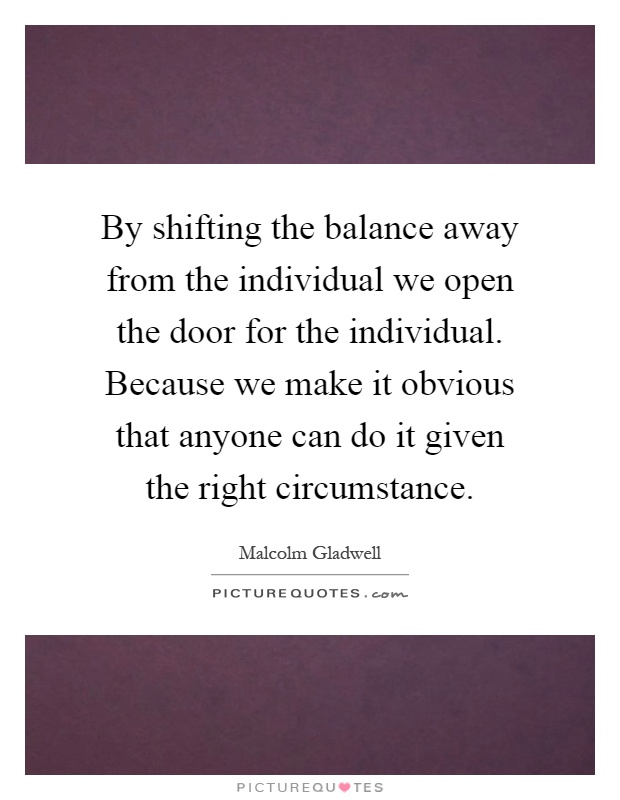Shifting the Balance

Shifting the Balance Answers to Some Important Questions The Six Shifts
In this much anticipated follow-up to their groundbreaking book, Shifting the Balance: 6 Ways to Bring the Science of Reading into the Balanced Literacy Classroom, authors Jan Burkins and Kari Yates, together with co-author Katie Cunningham, extend the conversation in Shifting the Balance, Grades 3-5: 6 Ways to Bring the Science of Reading into the Upper Elementary Classroom.

Shifting the Balance 6 Ways to Bring the Science of Reading into the Balanced Literacy
Shifting the Balance Registration. On November 2, 2023 By mcrcmembership. Dr. Jan Burkins. In this workshop, a companion to, Shifting the Balance: 6 Ways to Bring the Science of Reading into the Balanced Literacy Classroom (Burkins & Yates), Jan Burkins introduces six shifts for upper elementary teachers to consider as they work to make reading.

Shifting the Balance Released Today!
Shifting the Balance, Grades 3-5: 6 Ways to Bring the Science of Reading into the Upper Elementary Classroom. $4080. +. 7 Mighty Moves: Research-Backed, Classroom-Tested Strategies to Ensure K-to-3 Reading Success (The Science of Reading in Practice) $2848. Total price: Add all 3 to Cart. These items are shipped from and sold by different sellers.

Shifting the Balance The Authors’ Story & a Review Reading Simplified
Yes, Dr. Jan Burkins and Kari Yates recently released their stunning new book, Shifting the Balance: 6 Ways to Bring the Science of Reading into the Balanced Literacy Classroom. Their book is a rare example of laying down a bridge to allow teachers who are trained in balanced literacy to cross over and hear better the perspective of those.

Book Review Shifting the Balance Teaching & Learning Alliance
Classroom Applications: Shifting the Balance, K-2 is full of sample activities and classroom vignettes that paint a picture of what these shifts look like in action with roomful of learners. The book has already helped countless educators by taking the guesswork out of how to blend best practices with the latest research while keeping students at the forefront of reading instruction.

The Four Pillars of Balance optimise your energy levels
Every chapter of Shifting the Balance focuses on one of the six simple and scientifically sound shifts reading teachers can make to strengthen their approach to early reading instruction in these areas: Practical Instruction for Primary Grades: Whether your students are just learning to read or building more advanced reading comprehensive skills, Shifting the Balance is designed to help.

4 Strategies for Shifting the Power Balance in Your Business
Shifting the Balance, Grades 3-5 6 ways to bring the science of reading into the upper elementary classroom This much-anticipated follow-up to the bestselling book for K-2 teachers, Shifting the Balance , extends the conversation with this new text built specifically with grade 3-5 teachers in mind, introducing 6 more shifts across individual chapters that:

Shifting the balance Dentistry.co.uk
Classroom Applications: Shifting the Balance, K-2 is full of sample activities and classroom vignettes that paint a picture of what these shifts look like in action with roomful of learners. The book has already helped countless educators by taking the guesswork out of how to blend best practices with the latest research while keeping students at the forefront of reading instruction.

Shifting the Balance
Buy the book Shifting the Balance, Grades 3-5: 6 Ways to Bring the Science of Reading into the Upper Elementary Classroom by katie cunningham,jan burkins,kari yates at Indigo. Skip to main content Skip to footer content. Up to 60% off the Good Stuff Sale. Enjoy Free Shipping Every Day on Eligible Orders Over $35.

Book Review Shifting the Balance Teaching & Learning Alliance
Editorial Reviews. In Shifting the Balance, 3-5, Cunningham, Burkins, and Yates go beyond the science of reading being only phonics.Taking a deeper dive into vocabulary, comprehension, fluency, and word identification for upper elementary students, this book helps teachers understand what is needed in their instruction through easy-to-read case scenarios.

Everyday Movements for Balance Stratford Family Health Team
Shift 2: Recommitting to Phonemic Awareness Instruction. Shift 3: Reimagining the Way We Teach Phonics. Shift 4: Revisiting High-Frequency Word Instruction. Shift 5: Reinventing the Ways We Use MSV (3 Cueing Systems) Shift 6: Reconsidering Text Selection for Beginning Readers.

65 Inspirational Balance Quotes Relationship Hub
Shifting the Balance includes dozens of simple places to begin, starting points that teachers can try out tomorrow, and get results that motivate them to do more. If you already have strong traction with science-aligned practices and your efforts to support change are already working in your corner of the world, then this book may not be for you.

Shifting the Balance
Shifting the Balance, Grades 3-5 introduces six more shifts across individual chapters that: Zoom in on a common (but not-as helpful-as-we-had-hoped) practice to reconsider. Untangle a number of "misunderstandings" that have likely contributed to the use of the common practice. Propose a more science-aligned shift to the current practice.

Shifting the Balance 6 Ways to Bring the Science of Reading into the Balanced Literacy
In Shifting the Balance, Burkins and Yates skillfully explore 'balanced literacy' and 'the science of reading' to find the sweet spots where they overlap, connect, and actually complement one another. The result is a resource that raises our level of instruction while helping children discover and reap the joyful rewards of reading."

The Shifting Dance of Balance
https://www.stenhouse.com/content/shifting-balance https://thesixshifts.com In this podcast based on their new book, Shifting the Balance: 6 Ways to Bring t.

By shifting the balance away from the individual we open the... Picture Quotes
In Shifting the Balance, Jan and Kari invite us to reflect and reexamine our beliefs about teaching reading. They gently nudge us to rethink and possibly adjust our early literacy practices. Jan and Kari have taken on this controversial topic by embracing vulnerability and modeling what it means to be truly reflective practitioners. This book.